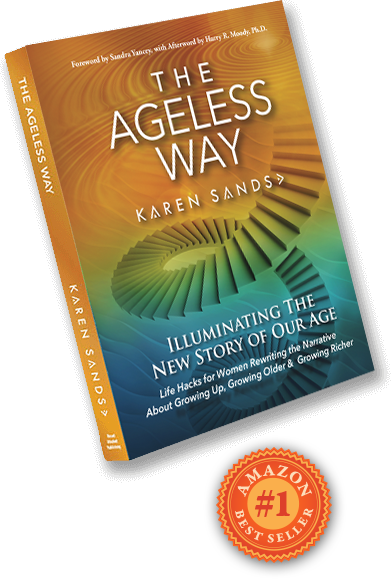In the dynamic landscape of the modern workforce, the convergence of a declining birth rate and an increase in life expectancy is reshaping the demographics of employees. The once-traditional career trajectory is evolving, and businesses are compelled to adapt to the changing face of the workforce. This transformation is not only a response to demographic shifts but is also exacerbated by a global talent shortage, prompting companies to explore alternative pools of talent. A recent report by Manpower, titled “The Future of Work is Humanpower,” sheds light on how organizations are reevaluating their hiring strategies in light of these demographic changes.
The Rise of an Aging Workforce
As the birth rate declines and people live longer, the global workforce is aging. This paradigm shift has significant implications for businesses across various industries. According to the Manpower report, 34% of the 30,000 employers surveyed in 41 countries acknowledge a growing willingness to hire seniors. This recognition reflects a departure from traditional hiring biases, signaling a pragmatic approach to leverage the experience and skills of mature workers.

Embracing Diversity in Employment Histories
In addition to considering seniors, organizations are also reevaluating their stance on candidates with employment gaps. Approximately 27% of surveyed employers express a newfound openness to candidates who may have experienced career interruptions. This shift in perspective recognizes that valuable skills and perspectives can emerge from individuals with diverse employment histories.
Cultural Adaptations for a Changing Workforce
Businesses committed to staying ahead of the curve are not merely adjusting their hiring practices; they are also recognizing the need for broader cultural adaptations. Creating an inclusive environment that values the contributions of employees across generations is crucial. This includes fostering mentorship programs, flexible work arrangements, and skill development initiatives that cater to the needs of a diverse workforce.
Recruitment Strategies for the Future
To address the challenges posed by an aging workforce, companies are rethinking their recruitment strategies. This involves exploring untapped talent pools, reaching out to mature workers, and implementing age-inclusive language in job advertisements. Moreover, organizations are investing in training programs that enable older employees to adapt to evolving job requirements, ensuring a continuous and relevant skill set.
Retention Efforts and Workplace Flexibility
Retaining experienced employees is becoming a priority for organizations navigating the demographic shift. Companies are recognizing the value of offering flexible work arrangements, phased retirement options, and health and wellness programs tailored to the needs of older employees. These retention efforts not only contribute to the well-being of the workforce but also enhance overall organizational resilience.
The aging workforce, coupled with a global talent shortage, is prompting a paradigm shift in how businesses approach recruitment, retention, and workforce development. Companies that embrace this change are not only future-proofing their operations but also fostering a diverse and inclusive workplace. As the dynamics of the workforce continue to evolve, organizations that proactively adapt to these shifts will position themselves as leaders in the future world of work.
Explore extensive insights into the Longevity Economy in my book “Gray is the New Green” for in-depth reading. Uncover significant business opportunities to thrive and succeed in the industry.







Leave a Reply
You must be logged in to post a comment.